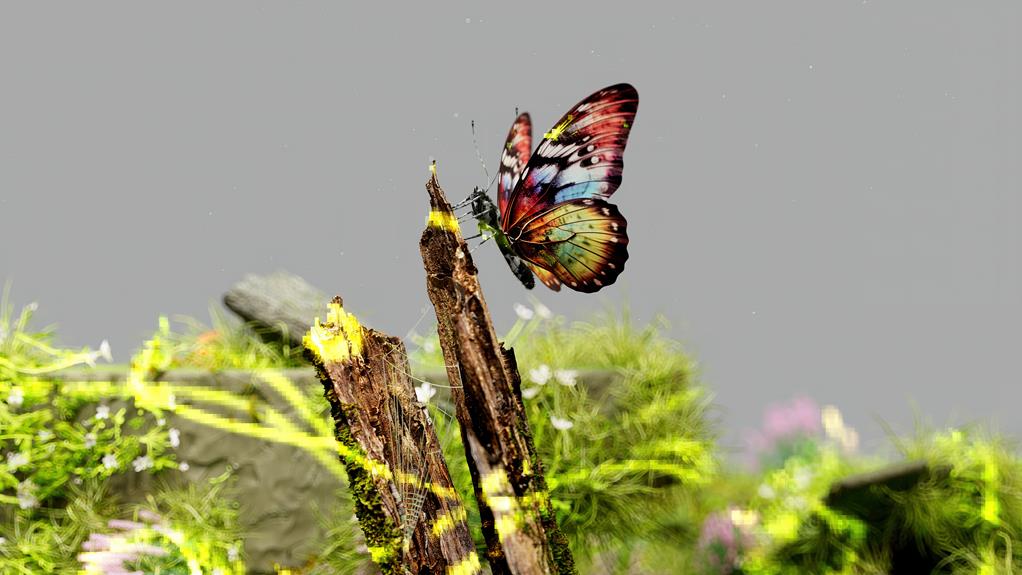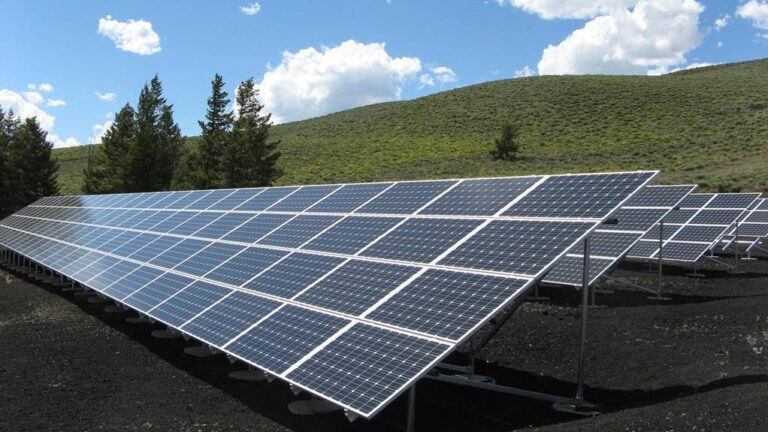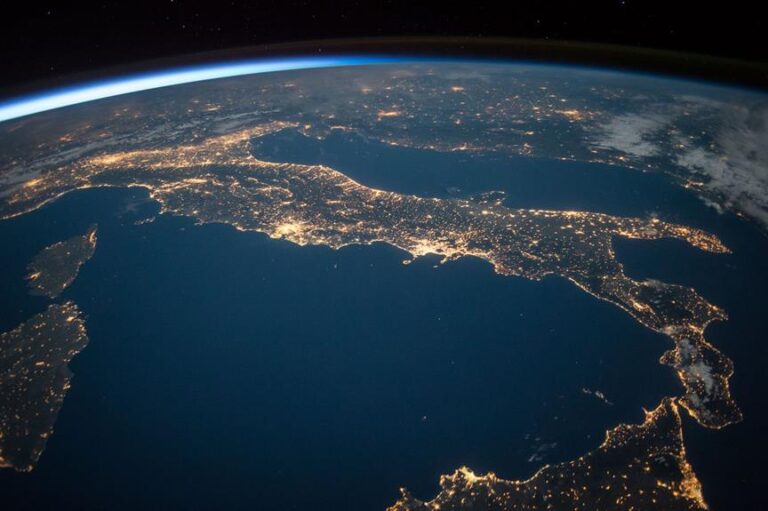Biodiversity Conservation: The Key to Sustainable Living
We’ve all heard about the importance of biodiversity conservation, but do you understand why it’s crucial for our sustainable living? In this article, we’ll explore key tips for preserving biodiversity and how it directly impacts our daily lives.
From the vital ecosystem services it provides to the threats it faces, we’ll explore sustainable agriculture, urban conservation, and strategies for protected areas.
Join us as we explore the action-oriented ways we can engage and contribute to the conservation of biodiversity for a better future.
Importance of Biodiversity Conservation
Why is biodiversity conservation important for our sustainable living?
Biodiversity conservation plays a crucial role in maintaining the delicate balance of ecosystems, ensuring the survival of all living organisms, including humans. The benefits of biodiversity conservation are manifold.
Firstly, it helps in the preservation of species diversity, ensuring that all organisms have a place in the intricate web of life.
Secondly, it contributes to the overall health and resilience of ecosystems, making them more capable of withstanding environmental changes and disturbances.
Additionally, biodiversity conservation provides numerous ecosystem services such as clean air, water, and food production, which are essential for our well-being.
Education also plays a vital role in biodiversity conservation. By raising awareness, fostering understanding, and promoting responsible actions, education empowers individuals to become active participants in conserving biodiversity for the betterment of our planet and future generations.
Ecosystem Services and Biodiversity
Ecosystem services provided by biodiversity are essential for our sustainable living. Biodiversity not only supports the functioning of ecosystems but also provides numerous benefits to society. Here are four key ways in which biodiversity contributes to our well-being:
- Economic Development: Biodiversity plays a crucial role in economic sectors such as agriculture, forestry, and tourism. It provides resources, such as food, timber, and medicinal plants, which contribute to economic growth and job creation.
- Climate Regulation: Biodiversity helps regulate the climate by absorbing and storing carbon dioxide, a greenhouse gas that contributes to global warming. Forests, wetlands, and oceans act as carbon sinks, mitigating the impacts of climate change.
- Water Purification: Biodiversity plays a critical role in maintaining water quality. Wetlands and forests act as natural filters, removing pollutants and improving water clarity. This ensures clean and safe water for both human consumption and ecosystem health.
- Indigenous Communities: Biodiversity is deeply intertwined with the cultural identity and livelihoods of many indigenous communities. Conservation efforts that involve indigenous knowledge and practices can support both biodiversity conservation and the well-being of these communities.
Threats to Biodiversity
As we explore the threats to biodiversity, it’s important to acknowledge the significant impact humans have on the decline of species and ecosystems. Our activities, such as deforestation, pollution, and overexploitation, contribute to the loss of biodiversity worldwide.
Additionally, climate change exacerbates these threats, as it alters habitats and disrupts ecosystems, leading to further species extinction.
It’s crucial that we take immediate action to mitigate these threats and promote sustainable practices to ensure the preservation of biodiversity for future generations.
Human Impact on Biodiversity
Understanding and addressing the human impact on biodiversity is crucial for the preservation of our planet’s diverse ecosystems. As we strive for sustainable living, it’s important to be aware of the threats we pose to the delicate balance of nature.
Here are four key ways in which human activities negatively affect biodiversity:
- Overexploitation: Human demand for resources, such as timber, fish, and wildlife, often exceeds the capacity of ecosystems to replenish them. This leads to the depletion of species and disrupts natural food chains.
- Habitat destruction: The destruction and degradation of natural habitats, such as forests, wetlands, and coral reefs, result in the loss of biodiversity. Human activities, such as deforestation, urbanization, and pollution, destroy vital habitats for countless species.
- Pollution: The release of pollutants into the environment, including chemicals, plastics, and greenhouse gases, has detrimental effects on biodiversity. These pollutants contaminate ecosystems, harm species, and disrupt natural processes.
- Invasive species: Intentional or accidental introduction of non-native species can have devastating consequences for native biodiversity. Invasive species outcompete native species for resources and disrupt ecological interactions.
To protect biodiversity, we must actively reduce overexploitation, conserve habitats, minimize pollution, and prevent the introduction of invasive species. By taking these actions, we can ensure the survival and flourishing of Earth’s rich biodiversity, fostering a sense of belonging for all species and future generations.
Climate Change Effects
Climate change poses a significant threat to biodiversity as it alters natural habitats and disrupts ecological systems. The effects of climate change, such as rising temperatures, changing precipitation patterns, and increased frequency of extreme weather events, have already begun to impact biodiversity hotspots around the world.
These hotspots are regions with high levels of biodiversity that are also highly vulnerable to climate change. To mitigate these threats, climate change adaptation strategies are crucial. These strategies involve actions such as protecting and restoring habitats, implementing sustainable land and water management practices, and promoting the conservation of species that are particularly vulnerable to climate change.
Sustainable Agriculture and Biodiversity
Our goal is to implement sustainable agricultural practices that promote biodiversity conservation. By adopting ecological farming methods and embracing agroecology principles, we can create a harmonious relationship between agriculture and biodiversity. Here are four key steps towards achieving this goal:
- Enhancing soil health: Implementing practices such as crop rotation, cover cropping, and organic fertilizers can improve soil fertility, increase biodiversity in the soil, and reduce the need for chemical inputs.
- Promoting natural pest control: Encouraging beneficial insects, birds, and other natural predators can help control pests without relying heavily on pesticides, which can harm biodiversity.
- Diversifying crops and landscapes: Planting a variety of crops not only provides a more stable food supply but also creates habitats for diverse wildlife, supporting ecological balance.
- Conserving water resources: Adopting efficient irrigation techniques and water management strategies can reduce water consumption in agriculture, preserving freshwater ecosystems.
Biodiversity Conservation in Urban Areas
In urban areas, we frequently encounter unique challenges in conserving biodiversity while striving for sustainable living. Urbanization often leads to habitat loss, fragmentation, and the displacement of native species. However, with the right urban planning and the development of green infrastructure, we can create spaces that support biodiversity and foster a sense of belonging in our cities.
Urban planning plays a crucial role in promoting biodiversity conservation in urban areas. By incorporating green spaces, such as parks, gardens, and green roofs, into our cities, we can provide habitats for a variety of plants and animals. These green spaces can also serve as corridors for wildlife, allowing them to move freely between fragmented habitats and maintain genetic diversity.
Green infrastructure, which refers to the network of natural and semi-natural areas within an urban environment, is another essential tool for biodiversity conservation. By integrating features like green roofs, permeable pavements, and rain gardens, we can manage stormwater, reduce pollution, and provide additional habitats for biodiversity. This not only enhances the overall ecological health of the city but also improves the quality of life for its residents.
Conservation Strategies for Protected Areas
To effectively conserve biodiversity in protected areas, we must actively engage in and prioritize the implementation of conservation strategies. Protected area management plays a crucial role in safeguarding the habitats and species within these areas.
Here are four key strategies for effective conservation:
- Conservation planning: Developing and implementing comprehensive plans that identify conservation goals, prioritize actions, and allocate resources is essential. This ensures that efforts are targeted and efficient.
- Monitoring and research: Regular monitoring and research help us understand the status and trends of biodiversity within protected areas. This information is crucial for adaptive management and decision-making.
- Community involvement: Engaging local communities in protected area management fosters a sense of ownership and promotes sustainable practices. Their traditional knowledge and participation are invaluable for conservation efforts.
- Collaboration and partnerships: Building partnerships with governments, NGOs, and other stakeholders enhances the effectiveness of conservation strategies. Sharing knowledge, resources, and expertise can lead to better outcomes for protected areas.
Community Engagement in Biodiversity Conservation
Engaging local communities is essential for successful biodiversity conservation. Public awareness and citizen science play crucial roles in achieving this engagement.
By raising public awareness about the importance of biodiversity and the threats it faces, we can foster a sense of belonging and shared responsibility within communities. This can be achieved through educational campaigns, workshops, and community events that highlight the benefits of biodiversity conservation.
Citizen science initiatives allow community members to actively participate in scientific research and monitoring efforts, empowering them to contribute to conservation efforts directly. By involving communities in data collection, analysis, and decision-making processes, we can harness their local knowledge and expertise, leading to more effective conservation strategies.
Together, through public awareness and citizen science, we can create a sense of belonging and empower communities to actively contribute to biodiversity conservation.
Wrap Up
Biodiversity conservation isn’t just a responsibility, but a necessity for our sustainable living. Just as a vibrant and diverse forest ecosystem thrives with various species interlinked and supporting each other, our society and planet also thrive when we protect and preserve the variety of life.
By understanding the importance of biodiversity, recognizing the threats it faces, and actively engaging in conservation efforts, we can ensure a healthier and more resilient future for all. Let’s unite and act now to safeguard our precious natural heritage.






One Comment
Comments are closed.